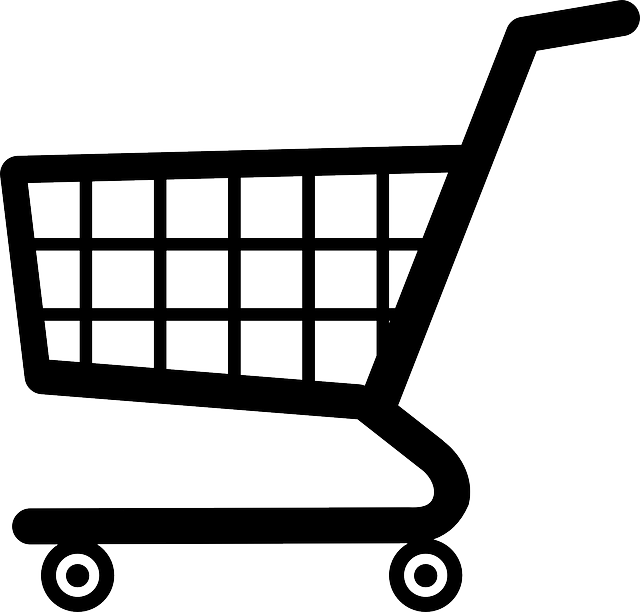We’re often asked where businesses should focus their efforts when it comes to social media. It’s tempting to try and be everywhere and do everything but, particularly for small businesses and one person operations, that’s not practical and nor is it really the best marketing strategy. It’s better to focus on one or two networks and use them well than to ‘scattergun’ across numerous networks, not really getting the best out of any of them. That said, as the recent Facebook outage (which also took out Instagram, WhatsApp and Messenger) showed, it can be risky to put all your social media eggs in one basket, so it’s definitely worth considering a couple of options that are owned by different organisations so that if there’s a problem with one network, you’re still able to communicate with your customers via a different one.
How do I decide which social network is best for my business?
There are a few factors here that you need to think about when deciding where to focus your social media efforts.
- Which network are my customers on?
- What type of product do I offer?
- What resources do I have to devote to generating content?
I’ll talk about each of these in a bit more detail now.
Which social network do my customers use?
Ultimately the best social network for your business is probably the one that your customers use. A good starting point here is to look at some usage statistics for the most popular social networks.
The most popular social network in terms of pure user numbers is still Facebook. In the UK Facebook has 38 million users representing 66% of the population of over 13s. There’s sometimes an assumption that Facebook is an ageing platform. Whilst it’s true that the over 65s are the fastest growing group on Facebook, over 60% of Facebook users worldwide are under 35. So, it’s not surprising that most businesses’ first foray into social media is with Facebook. Simply put, your customers are probably on Facebook because most people are on Facebook.
The second most popular social network is YouTube – in the UK it’s estimated that 53 million people can be reached via YouTube ads – that’s 84% of all over 18s. Instagram is third with 31 million users in the UK, followed by LinkedIn, Twitter, Pinterest, TikTok and WhatsApp. All of these tools have user numbers well into the millions but some are better suited to particular kinds of products than others. We will talk more about that in a moment.
So, all else being equal you’d probably do well to start with Facebook. However it’s also worth exploring whether there are any smaller social networks that are specifically focused on your particular product or service that would also be worth exploring.
For example, Ravelry is a website and social network targeted at knitters and crocheters. This may seem incredibly niche but in fact Ravelry has an estimated 9 million registered users and an estimated 1 million active users each month. If you’re running a yarn shop or you’re a pattern designer or any other business that sells to knitters and crocheters then being on Ravelry is a must.
There are numerous other niche social networks focused on particular industries, hobbies, interests or other groups so it’s really worth exploring whether there’s something like this in your market.
What type of product do I offer?
Some networks are better suited to particular kinds of products or services than others. An obvious example is that YouTube is suited for products and services that lend themselves to video content, whilst Instagram and Pinterest are best suited to products or services with a visual element that work well in pictures.
If you’re in B2B then LinkedIn is really a must. LinkedIn has an estimated 31 million users in the UK. There’s sometimes a perception that all LinkedIn contains is people looking for jobs. Whilst that’s certainly part of LinkedIn it is by no means all of it and any B2B operation might want to consider LinkedIn as a first social media port of call, perhaps over and above Facebook.
Of course LinkedIn doesn’t have to be only used for B2B, and indeed there’s no reason why networks like Facebook can’t be used for B2C. You’re still you, whether you’re looking at Facebook or LinkedIn. If you’re a plumber who’s interested in cycling, you’re still that person with those interests whatever network you’re looking at. There’s no reason not to talk to someone about plumbing on Facebook or cycling on LinkedIn.
What resources do I have to devote to generating content?
Different networks lend themselves to different types of content. At a basic level, YouTube is for videos, Twitter tends to lend itself more to text whilst Instagram and Pinterest are for images. However even without that the different networks have different specifications and limits in terms of things like post length, image size, video length and so on. Some support hashtags, others don’t. Some lend themselves to interaction, others not so much. It’s possible of course to post the same content across all the networks that you’re on and if resources are limited then that’s a perfectly valid approach, however you’re likely to get the most out of each network if you tailor your approach.
Here’s a quick summary of what you can post to each of the main networks we’ve mentioned here.
- Post character limit 63,206 characters
- Maximum video length 240 minutes
- Tweet character limit 280 characters
- Maximum video length 2 minutes 20 seconds
- Caption character limit 2,200 characters
- Maximum video length 60 seconds
- Company update character limit 700 characters
- Maximum video length 10 minutes
YouTube
- Unverified accounts are limited to 15 minutes per video – verified accounts can post videos of up to 128 GB or 12 hours, whichever is shorter.
- Video title character limit 70 characters
- Video description character limit 5,000 characters
Of course, these are all maximums rather than targets to aim for – 63,206 characters would make for a pretty epic Facebook post! Bear in mind too that your social media presence should run alongside your own website rather than instead of a website. You don’t own your social media profiles and that can cause problems for your business if you’re not careful – we blogged about this issue elsewhere.


